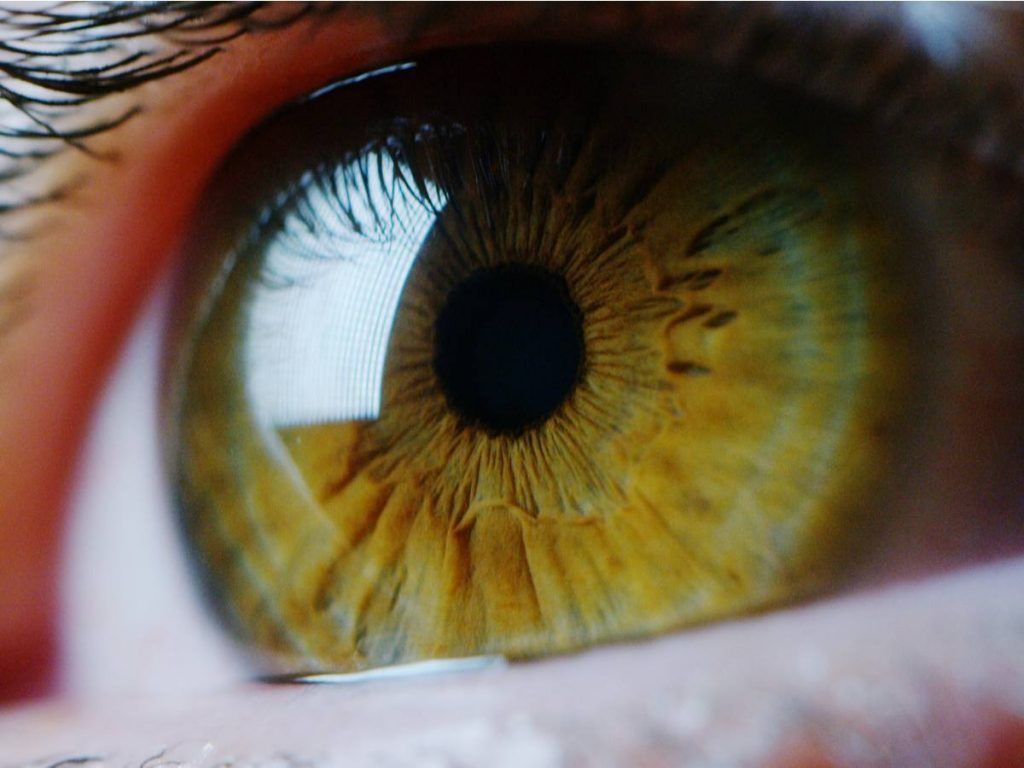
There are eyes of different colors which are determined by the genetic load of each person.
The iris is the colored part of the eye that contains, in the center, a round hole called pupil. The pupil allows the passage of light into the eye.
En Área Oftalmológica Avanzada We explain what the iris of the eye is, what it is for and what are the main diseases that affect it.
What is the iris of the eye?
The iris is the colored part of the eye, an eye membrane that is located between the cornea and crystalline.
In its center is the pupil and a set of muscles that cause it to dilate or contract according to the amount of light that the eye needs to see correctly.
The color of the iris is determined by the amount of color granules it contains, which can be brown, hazelnut, amber, green, blue and gray.
There is no black iris. Therefore, when this membrane is very dark, it is considered brown.
What is the iris of the eye for?
Many people wonder what the function of the iris is in the human eye.
This membrane is more important than many think, because it controls the amount of light that enters the eye through the pupil so that the images can focus properly on the retina.
When we are in a place with a lot of light, the iris contracts, and when we are in a dark place it dilates. That is, the pupil dilates to let more light into the eye and contracts to prevent excess light from entering.
Another function of the iris is to color the eye.
Many patients ask us what determines the color of the iris. The more melanin and thickness of the sheets that make up the iris, the darker the eye will be. When the concentration of melanin is low and the thickness of the sheets is low, the eyes are light in color.
Iris diseases
The color and appearance of the iris of the eye may indicate health problems.
Iris diseases are:
- Uveitis: inflammation of the uvea It affects the iris. The iris is inflamed, itching, burning, redness, photophobia y blurred vision.
- Heterochromia: occurs when both irises of a person have different colors. It can also happen that the same iris has several colors.
- Aniridia: occurs when an eye lacks an iris or its formation is precarious. People with this condition suffer from photophobia, low vision and are more likely to suffer glaucoma y congenital cataracts.
- Albinism: people with mild albinism may have a light colored iris. People with severe albinism, where melatonin deficit is very important, may have purple or reddish irises.
- Iris Neoplasms: This condition involves the development of nevus in the iris.
- Iridocyclitis: this disease is the result of inflammation of the iris and ciliary body, normally associated with other pathologies such as gonorrhea, tuberculosis or syphilis.
How to take care of it?
To take care of the iris you have to take care of all the ocular structure, avoiding direct exposure to sunlight or long-term use of digital screens.
It is also important to attend once a year routine review with the ophthalmologist. In this way, we can prevent any eye condition that may affect the health of the iris.
Do you have some refractive error? Use your glasses and contact lenses properly is a task that you should not overlook to enjoy good eye health or, if you wish, you can forget about them permanently with the laser refractive surgery.
If you need more information about the iris of the eye, contact us and our specialists Área Oftalmológica Avanzada They will answer your questions.




